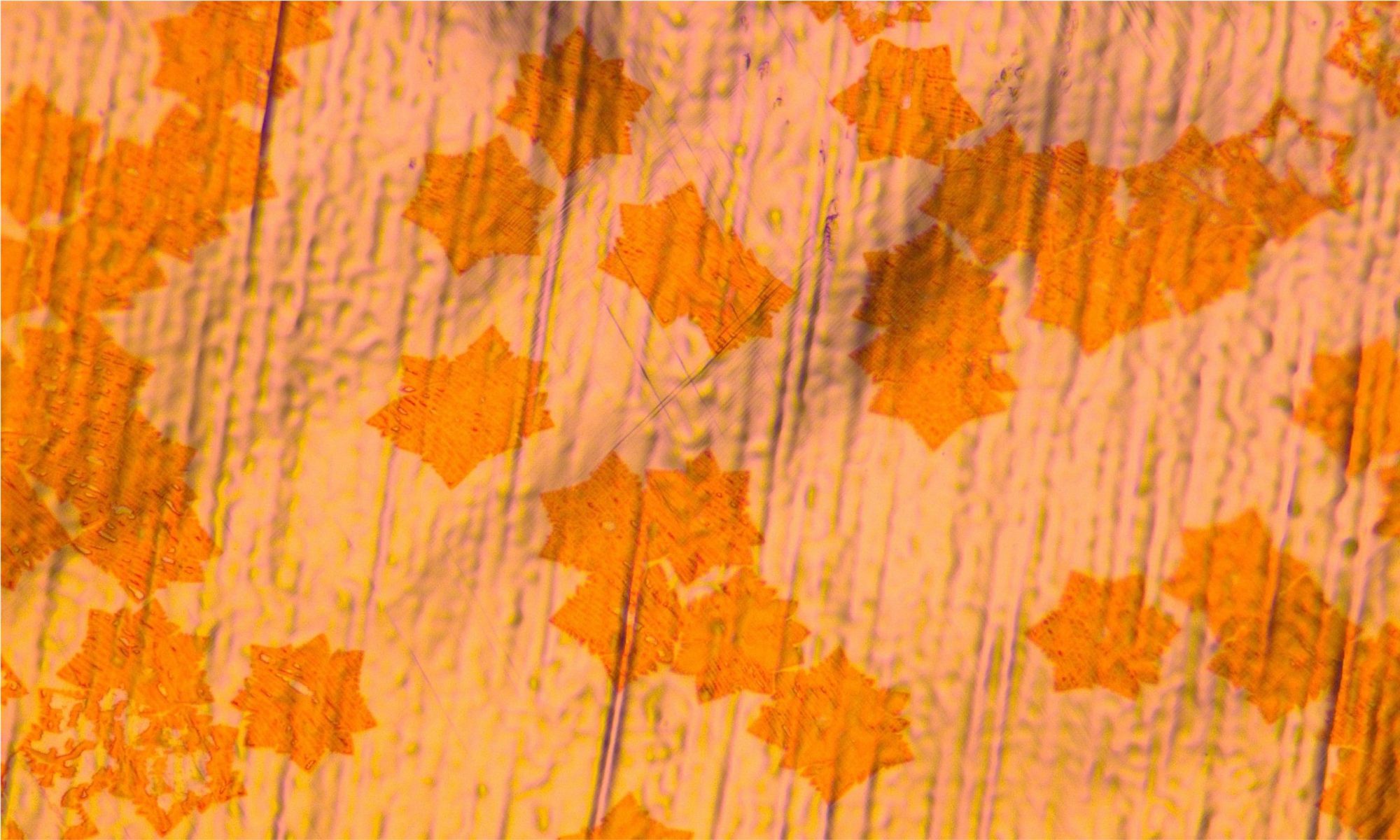The Aachen Graphene & 2D Materials Center congratulates Sudipta Dubey for her appointment as Assistant Professor at the Physics Department of the Indian Institute of Technology (IIT) Kanpur, in India.
Continue reading “Congratulations to Prof. Sudipta Dubey!”Dr. Lutz Waldecker starts at RWTH with a fellowship of the Alexander von Humboldt Foundation
This August, the Aachen Graphene & 2D Materials Center has gained new valuable expertise with the arrival of Dr. Lutz Waldecker as senior researcher in the Stampfer Group (2nd Institute of Physics A).
Continue reading “Dr. Lutz Waldecker starts at RWTH with a fellowship of the Alexander von Humboldt Foundation”The first operational amplifier based on a two-dimensional material
Researchers from TU Wien, AMO GmbH, University of Pisa and Wuppertal University have realized the first operational amplifier based on the two-dimensional semiconductor MoS2, reaching a key milestone towards the vision of a flexible electronics all based on two dimensional materials. This result has just appeared in the journal Nature Electronics.
Continue reading “The first operational amplifier based on a two-dimensional material”Nanoelectromechanical sensors based on 2D materials – a review
Max Lemme and co-workers have recently published a review article on nanoelectromechanical (NEMS) sensors based on suspended two-dimensional (2D) materials in the journal RESEARCH, an open-access multidisciplinary journal launched in 2018 as the first journal in the Science Partner Journal (SPJ) program. The paper is an invited contribution to a special issue on “Progress and challenges in emerging 2D nanomaterials – preparation, processing, and device integration”, and has the purpose of contributing to the development of the field of 2D materials for sensor applications and to their integration with conventional semiconductor technology.
Continue reading “Nanoelectromechanical sensors based on 2D materials – a review”Insulators for 2D nanoelectronics: the gap to bridge
A review article on one of the most delicate issues of future electronics based on 2D materials
A team of scientists led by Tibor Grasser and Yuri Illarionov of TU Wien, including RWTH Professor and AMO Director Max Lemme, has published an extensive review of the current search for suitable insulators for two-dimensional (2D) nanoelectronics in Nature Communications.
Continue reading “Insulators for 2D nanoelectronics: the gap to bridge”A scalable manufacturing-technology for highly sensitive photodetectors on flexible substrates
Researchers from AMO GmbH and RWTH Aachen University have successfully demonstrated high-responsivity molybdenum disulfide (MoS2) photodetectors on flexible substrates, realized with a scalable manufacturing technology. The work has been recently published in the journal ACS Photonics, and it is the result of a cooperation with the University of Siegen, Raith B.V., AIXTRON SE, and the University of Wuppertal.
Continue reading “A scalable manufacturing-technology for highly sensitive photodetectors on flexible substrates”First observation of the (tunable) spin-orbit gap in bilayer graphene
Banszerus and coworkers have reported the first experimental observation of the spin-orbit gap in bilayer graphene.
Continue reading “First observation of the (tunable) spin-orbit gap in bilayer graphene”The fundamental mechanisms that underpin CVD technology for atomically-thin 2D films — a talk by Prof. Stephan Hofmann (Cambridge University)
After a long break, the Aachen Graphene & 2D Materials Center resumes its series of seminars – now in a virtual form due to the current COVID-19 pandemics. The first guest will be Prof. Stephan Hofmann from the University of Cambridge, who will talk about the fundamental mechanisms that underpin CVD technology for atomically-thin 2D films.
Continue reading “The fundamental mechanisms that underpin CVD technology for atomically-thin 2D films — a talk by Prof. Stephan Hofmann (Cambridge University)”Congratulations to Prof. Hiroo Suzuki
The Aachen Graphene & 2D Materials Center congratulates Hiroo Suzuki for his appointment as Assistant Professor at the Graduate School of Natural Science and Technology at Okayamy University in Japan.
Continue reading “Congratulations to Prof. Hiroo Suzuki”The excellent quality of boron-nitride grown at atmospheric pressure
With what could be a step forward towards large-scale high-performance graphene electronics, a team of German and French scientists has demonstrated the excellent quality of monoisotopic hexagonal boron nitride grown at atmospheric pressure by the group of James Edgar at Kansas State University.
Continue reading “The excellent quality of boron-nitride grown at atmospheric pressure”